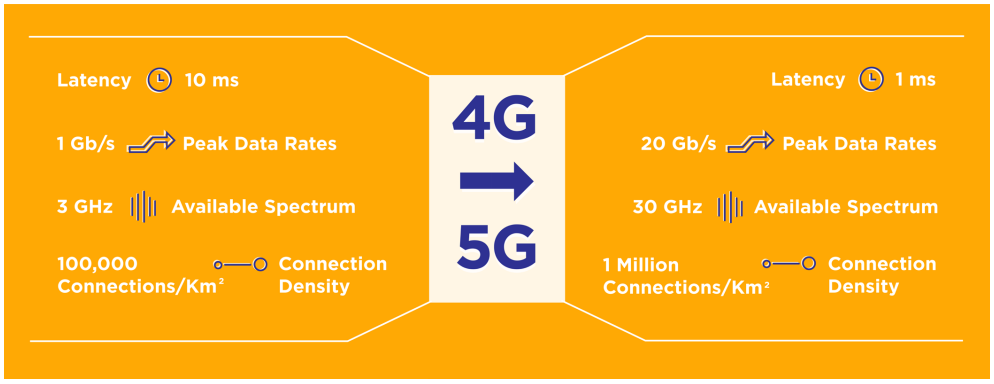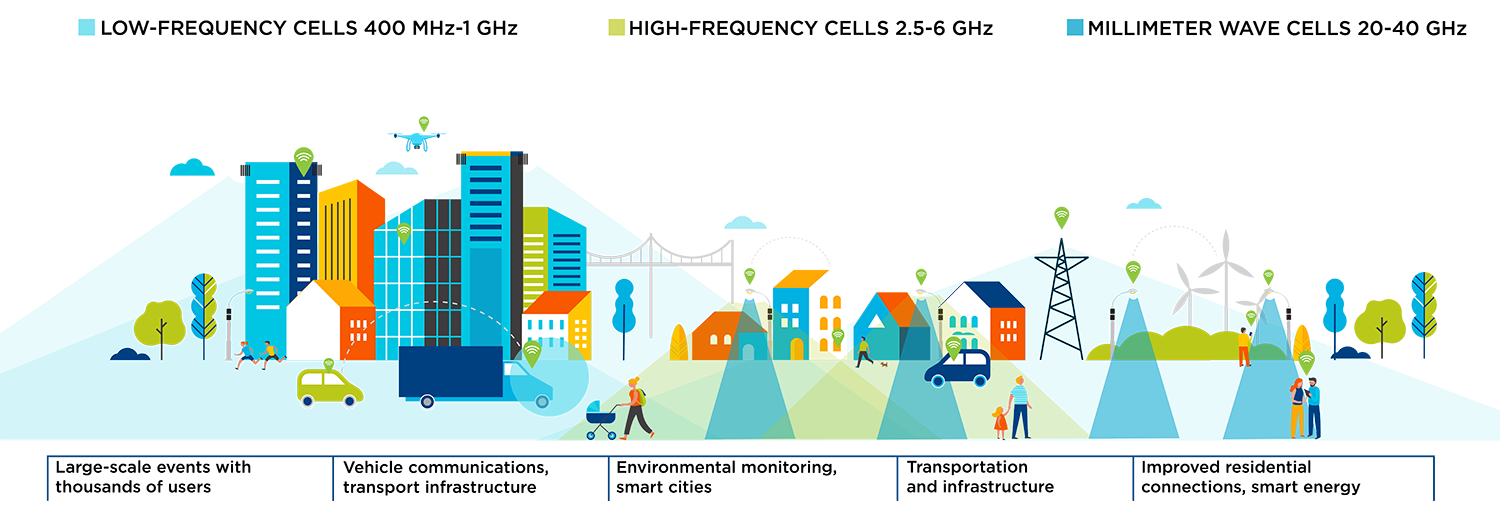PREPARING FOR 5G
Utilities must be prepared for how the impending volume of 5G infrastructure installation requests will be handled and which processes will be used to manage resources. At the same time, utilities need to dedicate strategic thought to identify 5G capabilities and evaluate how this technology will be used in the future.
PROACTIVE PROCESSES
To manage the permits, paperwork, applications and requests to support the infrastructure needs for 5G, utilities need to prepare processes now. In the past, many utilities only received a few requests each month for pole attachments (access by non-pole-owning service providers to a utility’s poles for installing fiber, cable or other equipment). Now, utilities need to brace for what could be hundreds of pole attachment requests during the same period.
FCC guidelines help to accelerate 5G installations, which will affect internal resources and obligate utilities to comply in accommodating infrastructure changes.
Utilities will need to consider how to proactively work with telecommunication companies to implement changes and streamline requests. They will evaluate existing geographic information system (GIS) data to create online maps that identify poles and assets available for installs and, likewise, flag those that will not be approved for use. To streamline applications and meet service needs, utilities can create a system that matches electrical service, fiber-optic connections and small cell requests against established standards and pre-approved locations to expediting responses.
OPERATIONAL PLANNING
While it can be difficult to plan for many of the yet-unknown advances and efficiencies that 5G will make possible for utilities, interested parties must stay alert of the potential of this technology.
Exploring opportunities, networking with other providers and staying connected with industry groups can help increase understanding of 5G and its possible use cases. A task force can be set up, or a point person identified, to gather information and stay abreast of this topical area.
Stakeholders should take time to think about the impacts, explore the potential applications of 5G and examine how these may affect efficiency, necessitate operational changes and even require new pricing structures. They should consider other initiatives and needs, including distributed generation and electric vehicles, to identify how a more robust communication network can increase efficiency and service levels.
Within this fast-moving market dynamic, utilities should evaluate how existing 3G and 4G networks can be used to meet immediate needs while preparing to onboard 5G advantages as coverage becomes available. A multimode approach will help future-proof investment and position organizations to be prepared.

